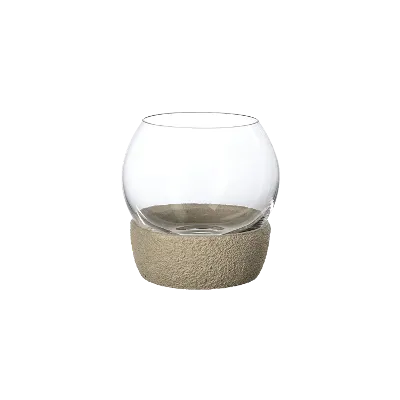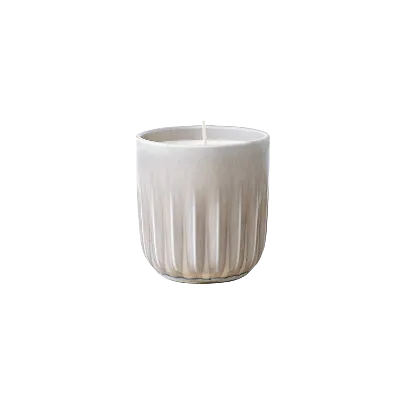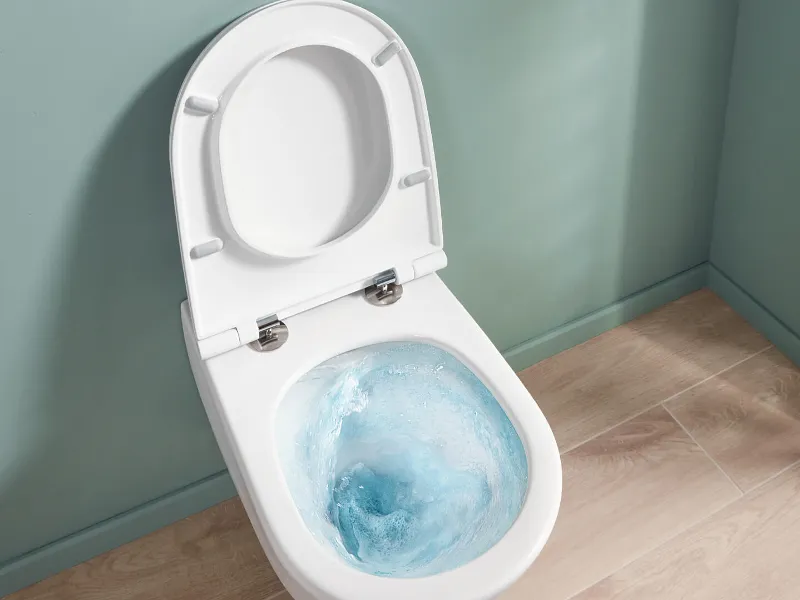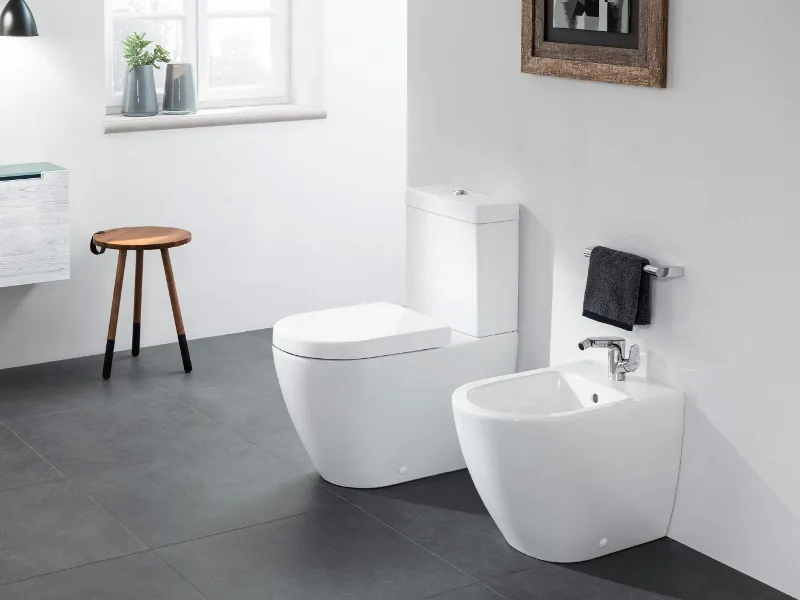Order cut off dates for Christmas Deliveries:
15 Dec for WA, SA & NT | 18 Dec for all other states
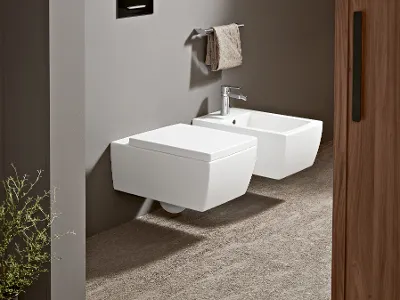
Replacing toilets made easy – With Villeroy & Boch
Although you might think that all toilets are the same at first glance, that’s not the case! It’s not just the shape of the toilet that has evolved over time. Extra features have been added to improve hygiene. From self-cleaning functions to concealed screws and water-saving systems, there is an array of options to enhance comfort and convenience when you update your toilet.
You might be wondering: what does renovating a toilet actually involve? Here, you’ll find an overview of the most important aspects relating to the different shapes and installation types.
Why does a toilet need to be renovated from time to time?
Renovating a toilet is not often a time-consuming task. The costs will vary but can be high as this type of renovation is intended to last. Installing a new toilet improves the hygiene in your home. Older ceramics can become more difficult to clean or perhaps they no longer reflect your taste. Installing a new toilet also lets you adapt to your current living situation. For instance, changing the toilet seat height will increase comfort as you get older, while a special child seat will be useful for anyone with young children. And if you decide to replace an old washout toilet with a washdown one during your renovations, you’ll be taking a positive step to save water and protect the environment.
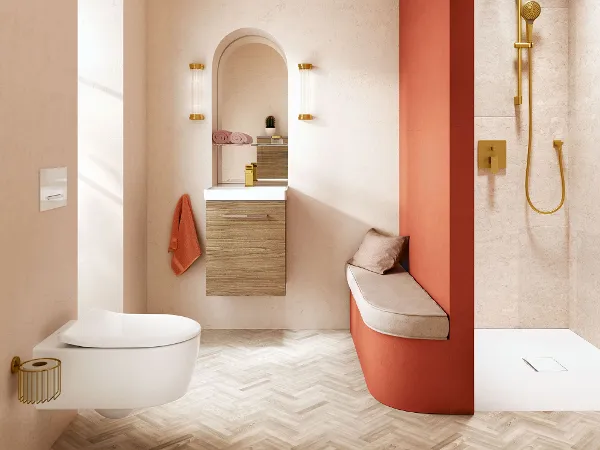
What should you consider when renovating a toilet?
Renovating a toilet might mean replacing just the toilet or certain individual components. For example, if the toilet is cracked, feels rough or is heavily stained, replacing the ceramics may suffice for the time being. But your guest bathroom might be in need of a complete makeover if its design dates back decades.
If you decide on a complete refurbishment, you will replace the toilet as well as the connections and flush. A full replacement makes particular sense for older toilets. However, extensive refurbishment means more work before the new toilet is in place and operational. For example, if you want to replace an old floor-standing toilet with an integrated flush, you will need to make a wall covering for the new concealed flush. A complete renovation is also an opportunity to add new features, for example incorporating practical storage solutions.
What do I need to look out for with a new toilet?
How do you go about a toilet renovation project?
The first step when renovating a toilet is to remove the old one. This usually means you will need to cut off the water supply for a short time. Depending on how the old toilet was installed, the tiled backsplash might need to be partially or completely removed to replace the flush. The old brackets will also need to be dismantled. Once all the components have been removed, the new ceramics can be installed.
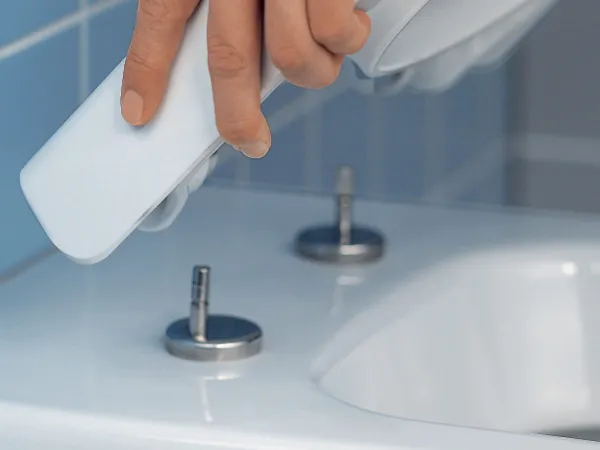
Aesthetic improvements with an updated toilet
If aesthetics are important to you in the bathroom, pay attention to how your new toilet will be installed. With technology such as the SupraFix 3.0 attachment system, all the screws are hidden from view. You should also make sure that the selected ceramics coordinate with the existing items in your bathroom. Create overall harmony and a sense of calm in the bathroom by opting for coordinating shapes and matching colour ceramics.
What kind of budget is involved with renovation?
The cost of updating a toilet will depend on how much you change. If you only replace the ceramics, it will clearly cost less than if you decide to replace the entire backsplash. If you want to renovate a guest toilet, for example, you can expect to pay somewhere between 1600-3200 AUD.
The costs of renovating just the toilet are therefore lower. However, the benefits of the new look and improved hygiene will be high in both cases.
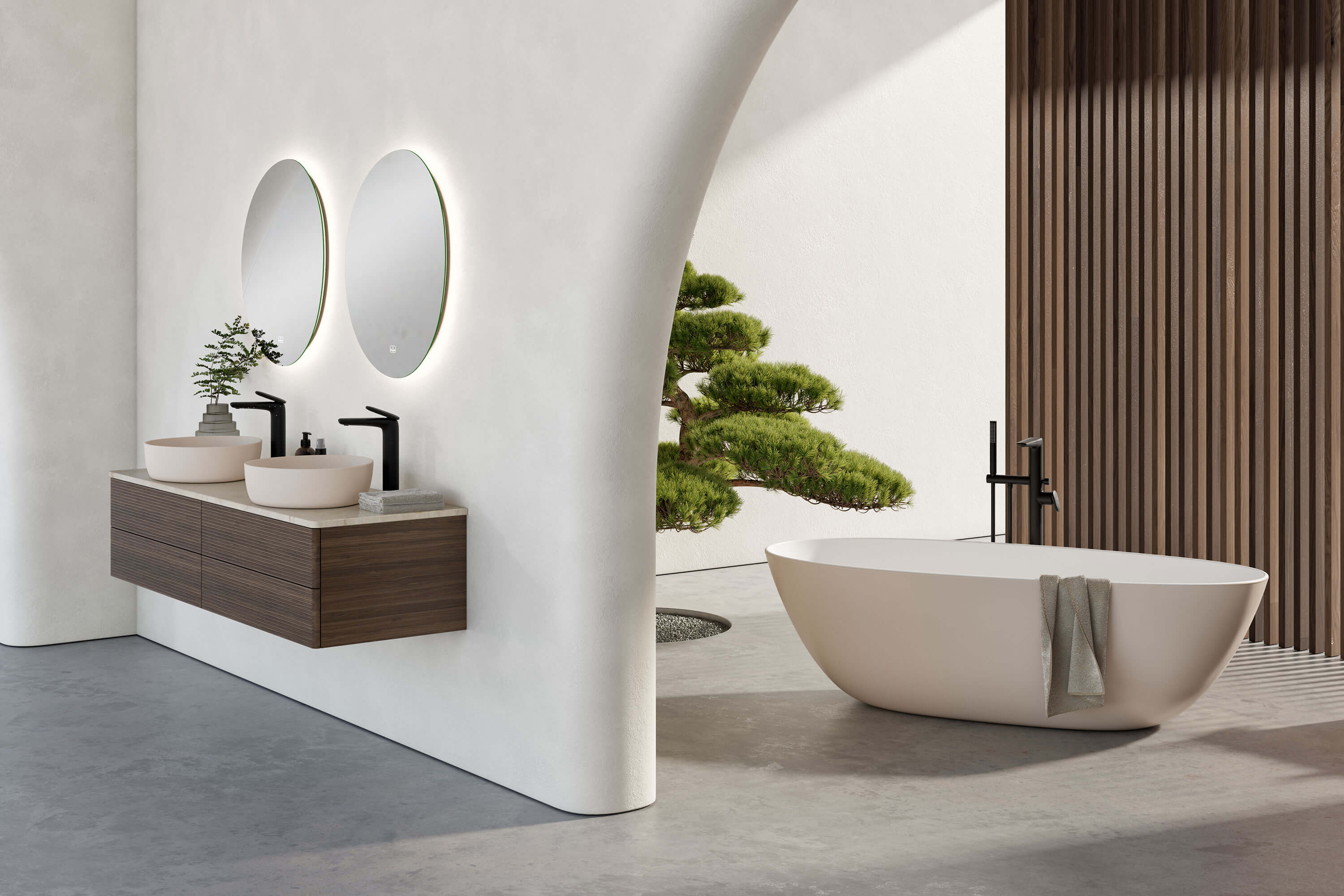
All about your personal spa bathroom
Discover modern bathroom ideas – including cleaning tips and exclusive benefits delivered straight to your inbox.
As a welcome gift, you will also receive a 10% discount on your first order of Dining & Lifestyle products.[0]









